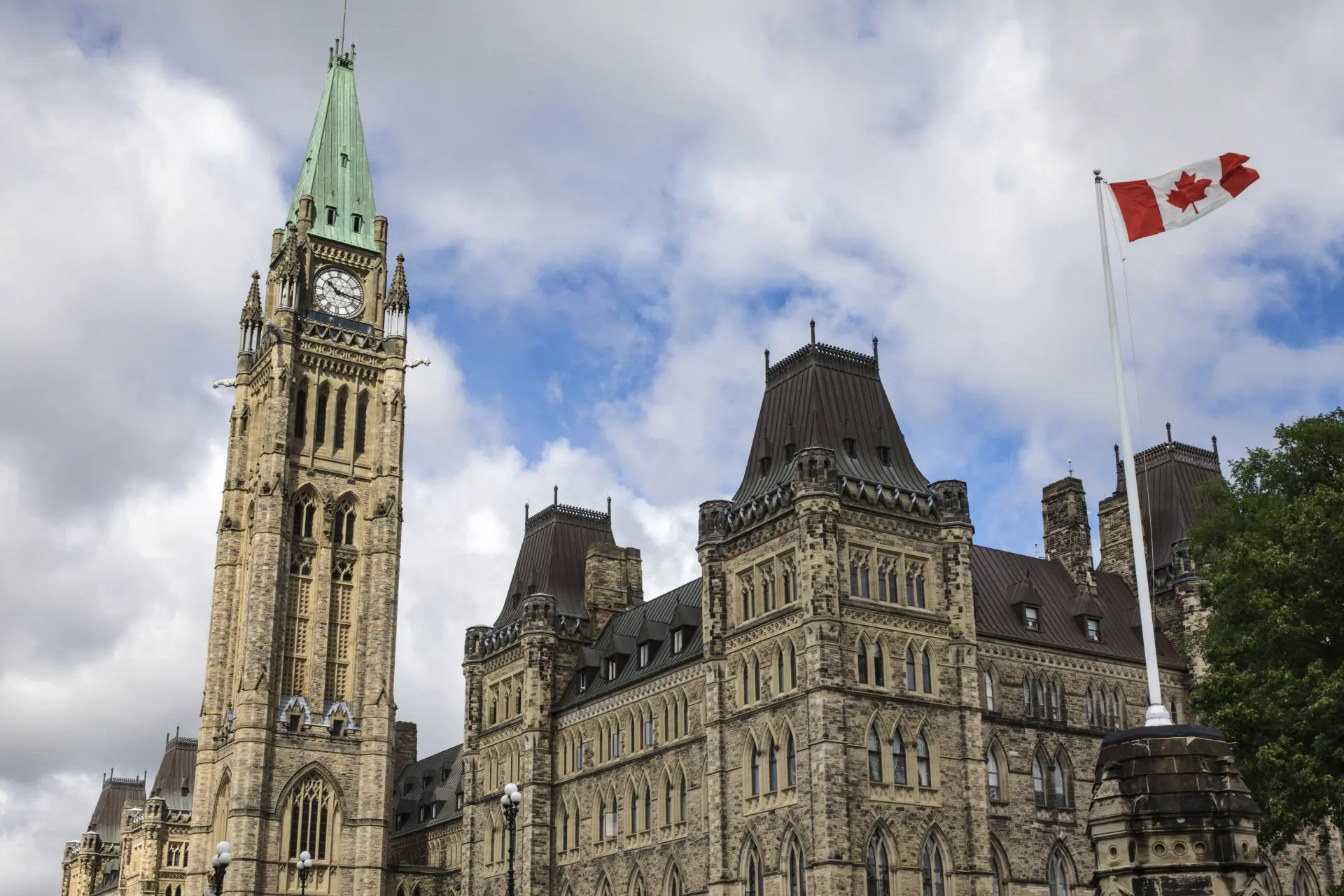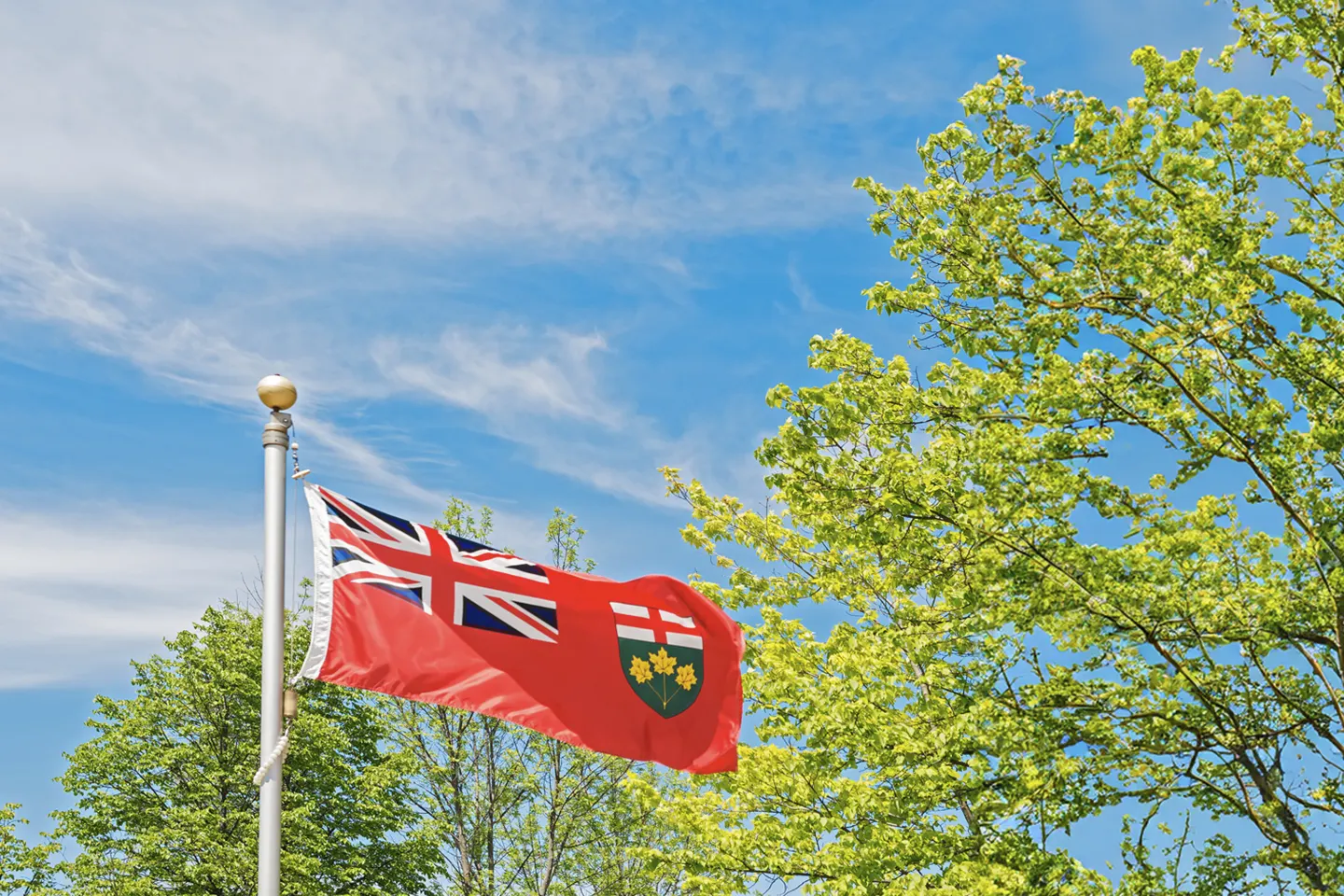PART 2: Social Media Advertising in the Federal Election

With the new campaign advertising rules outlined in the Elections Modernization Act that place new limits on advertising spending by both political parties and third-party organizations, the Act aims to create a level playing field.
However, some political parties and organizations are using social media to find creative ways of campaigning without violating the new rules because not all campaigns have the same capabilities when it comes to organic reach and graphic design.
Organic Reach
As we mentioned in our previous article outlining the new rules, politicians and third-party organizations with large social media followings (like Justin Trudeau, North99, or Canada Proud) have a real advantage under the new rules. This is because “organic content” (“organic content” is where you do not pay to increase the number of people who see your ad) is not counted toward the spending limit and carries greater trustworthiness among social media users.
The primary benefit of “paid ads” is that you are by definition paying to increase the number of people outside your organic social network who can see your content, which is especially important for organizations without large social followings. Now, under the new rules, all paid content must identify what party or organization is behind it with a “Sponsored” tag that makes users more likely to critically analyze the ad. If you already have a large social following, then you can deliver your message to lots of voters in a trustworthy way. Political parties, like the Conservatives, are even asking their followers to repost or retweet organic content to increase its organic reach and disseminate this message in a cost-efficient, persuasive way.

Graphic Design
Relatedly, the proliferation of inexpensive graphic design software and digital-savvy young talent makes it easier than ever for campaigns to develop high-quality, attention-grabbing digital content that – in combination with a large social following – is primed to go viral. This year, we’re seeing a proliferation of meme campaigning coming from political parties and third-party organizations alike that, due to their salacious content and eye-catching visuals, are an effective way for campaigns to grab voters’ increasingly short attention spans.

Campaigns with less fundraising capabilities to bring design-savvy volunteers onto payroll or pay for content can simply repost user-generated content from their followers, which falls within the new Elections Modernization Rules but – so long as the content is posted organically – does not count as partisan advertising.

Meanwhile, social media channels are creating their own advertising rules during the election. Facebook has also agreed to launch a new political ad library that will log who pays for what ad and whom that ad is targeting. Already we can see what different parties and organizations are spending on Facebook: since June, the Liberals currently lead in Facebook ad spending, having spent over $99,347 since June, compared to the Conservatives ($97,991), NDP ($711), and Greens ($1,488). Third-party organizations have also been engaging in paid advertising: since June, Engage Canada has spent $72,552 and Canada Proud has spent $28,851 (amounts are as of August 8, 2019).
Twitter also announced it is banning political parties and candidates from posting paid partisan ads during the pre-writ period, but that issue advertising is allowed. Twitter also appears to allow organic partisan content. However, Twitter has not clarified how they intend to regulate the ads, and does not plan to develop a Twitter registry like Facebook has.
Meanwhile, Microsoft and Google are banning all political ads this election cycle.
Campaign advertising in the social media age is increasingly difficult for partisan and non-partisan organizations alike to navigate. With Facebook, for example, organizations wishing to place ads (both partisan and issue advertising) must authenticate their account using a verification code sent via Canada Post, and then go through a multi-step identification process before ever being able to produce an ad. If an organization wishes to run ads on both Facebook and Instagram, then the profile names of both accounts must match, or the ad will not run. Facebook also has a very high-level list of topics that qualify as “issues advertising,” including the economy and political values, that may change over the course of the election.
Conclusion
Despite the creative ways to reach voters this election season, the new rules can make it difficult for organizations to share their message and may even discourage organizations from participating at all. While there are still a lot of questions about how these rules are coming into practice, we at Sussex can help organizations navigate the new campaign advertising rules while still getting your message in front of voters, key stakeholders, and political decision-makers this election season.
Want a refresher on the new rules in Elections Modernization Act? Our article that explains the new campaign advertising rules provides an outline on what has changed and the implications for political parties and third-party organizations.


